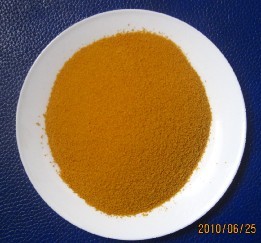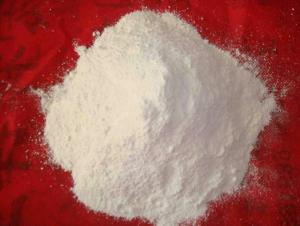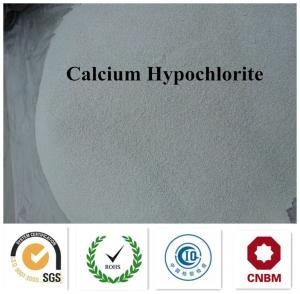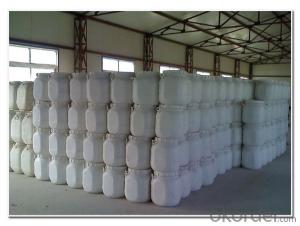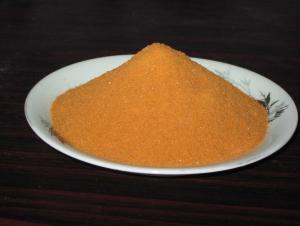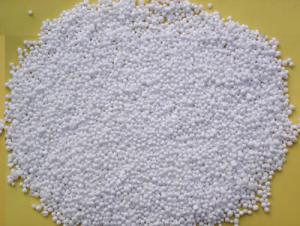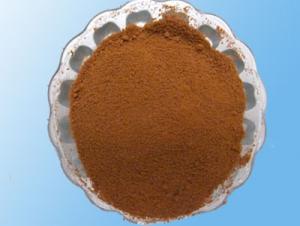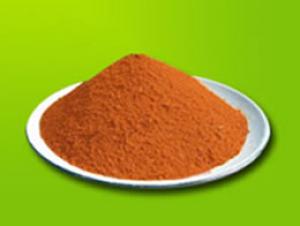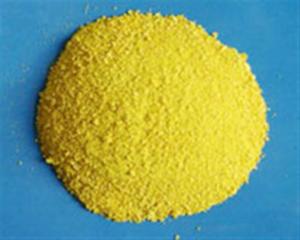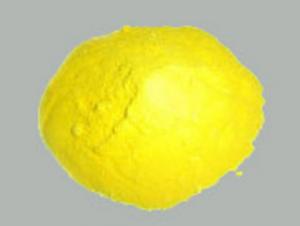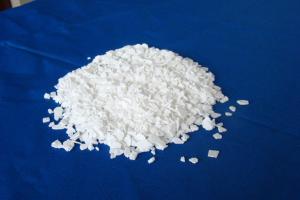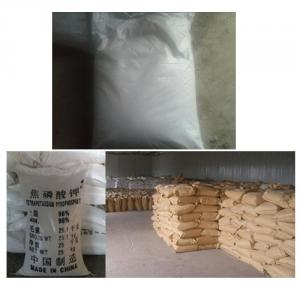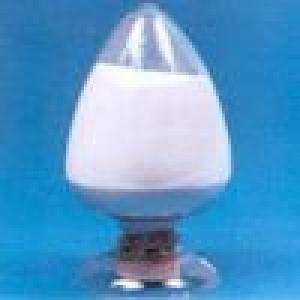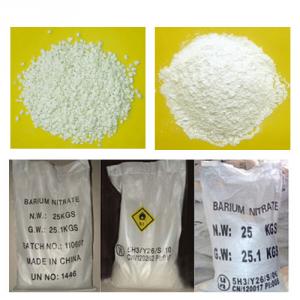PAFC used for industrial water treatment
- Loading Port:
- Tianjin
- Payment Terms:
- TT OR LC
- Min Order Qty:
- -
- Supply Capability:
- 6000 m.t./month
OKorder Service Pledge
OKorder Financial Service
You Might Also Like
Water treatment material Polyaluminium ferric chloride(PAFC)
Brief introduction:
Polyaluminium ferric chloride (PAFC) is made up of aluminum salt and iron salt coagulation hydrolyzing and become
a kind of inorganic polymer coagulants, based on the principle of synergies, join the elemental iron ion or three iron
oxide and other compounds containing iron composite is a new type of high efficient coagulant.
It combines merits for aluminum salt and iron salts of aluminum ion and iron ion form has improved significantly,
polymerization degree is greatly improved. Aluminum, iron coagulant respectively of the advantages of air flotation
operation, improve the concrete performance of polyaluminium chloride; For high and low temperature and low
turbidity water water purification treatment effect is particularly evident, needn’t add alkaline additives and other
coagulant aid.
performance:
1, fast hydrolysis and weak hydration. Dense alumem ustoum, sedimentation speed.Affected by the temperature
change is small, can meet the requirements of shear force in the process of flow.
2, solid product is brown, reddish brown powder, easily soluble in water.
3, which can effectively remove the aluminum ion in the raw water and remaining free aluminum ion in water after
aluminum salts coagulation.
4, wide applicable scope, drinking water, industrial water, water, sewage and industrial wastewater treatment, etc.
5, Less dose, treatment effect is good, cut down the cost of 10-20% than other coagulants.
6, using method and packaging purposes matters is essentially same as polyaluminium chloride.
features:
1, the dosage is far lower than the traditional flocculant,the water quality is good after purification.
2, the flocculation body is formed fast, precipitation is rapid, is bigger than traditional products processing capacity.
3, the alkalinity of the water consumption, less water lower PH.
technology classification:
1, drum-type poly aluminum chloride, general aluminum content, high water insolubles, used for sewage treatment.
2, frame type poly aluminum chloride has high aluminum content, low water insolubles, used in sewage treatment
and drinking.
3, spray drying, poly aluminum chloride has high aluminum content, low water insolubles , faster dissolve. used
for potable water and higher standards water treatment.
name of index | index | |
PAFC | ||
liquid | solid | |
relative density(20°C) ≥ | 1.19 |
|
PH value(1%aqueous solution) | 3.5-4.5 | 3.5-4.5 |
(AL2O3i)content% | 10.0 | 29 |
(Fe2O3)content% | 1-2 | 2-3 |
basicity,% | 60-95 | 60-95 |
water insoluble,% < | 0.3 | 1.0 |
(As)content,% ≤ | 0.0003 | 0.0006 |
(Mn)content,% ≤ | 0.045 | 0.01 |
(SO2-)content % | 3.5-9.6 | 3.5-10 |
purposes:
Polyaluminium ferric chloride has widely scope of application: used in drinking water, industrial water, sewage
and industrial wastewater treatment, polyaluminium ferric chloride has obvious effect with all kinds of industrial
water and drinking water purification treatment.
- Q: Which crop feet can provide C N inorganic salts for fungal growth
- Plant growth requires a variety of inorganic salts, which require the most is nitrogen, phosphorus, potassium containing inorganic salts. If a lack of some inorganic salts, plants can not grow normally. Kind of crops need fertilization, farm manure contains organic matter, the microbial decomposition of the soil will produce a large number of inorganic salts for plant growth and utilization, the role of fertilizer is to provide a variety of plant growth of inorganic salts. Therefore, in agricultural production, the application of fertilizer and farm manure is intended to provide a variety of inorganic salts for crops.
- Q: How to isolate the effects of inorganic salts on enzyme solubility
- Most enzymes are proteins, and high concentrations of inorganic salts can denature the protein and precipitate. The enzyme can be separated by this principle.
- Q: what is the function of the organic part of bone matrix?of the inorganic part(bone salts)?
- For the best answers, search on this site www.okorder You're a riot, I swear. It amazes me how many people completely miss your plays on words. I'd stick with the "in" organic food. You know, the really trendy stuff like chai tea. Stay away from old, tired standbys like pizza and hamburgers. Macaroni and cheese, though, is like the tuxedo or the little black dress. It never goes out of style.
- Q: In order to prove that magnesium is an essential salt for soybean life, two soybean seedlings with the same growth status are taken, one of them is cultured in magnesium-containing culture medium and the other is cultured in (). A. Pure water B. Sand without sand. Water containing only magnesium. Media containing no magnesium
- Biological control experiments were the only variable experiments. The question that is being explored is the variable, and the other quantities are the same. In a different amount (conditions) the same circumstances to modify a data variable in order to get the data variables on the experimental changes in the law. In order to prove that magnesium is essential for the life of soybeans, the variable is the presence or absence of magnesium. Can be designed as a magnesium-containing culture medium and magnesium-free culture medium. The other amount of the same as the amount of culture medium, soybean seedling growth status, the same number, while placed in the same place, etc., to ensure that only one variable that is the presence of magnesium.
- Q: The human body does not intake of minerals can be? Lack of minerals on the human body what kind of harm?
- Minerals, such as calcium, phosphorus, potassium, sodium, chlorine and other minerals, iron, zinc, copper, manganese, cobalt, molybdenum, selenium, iodine, chromium and other small amount of trace elements. But no matter which elements, and the human body compared to the protein, are very small.
- Q: what is the function of salts in DNA extraction?
- DNA can be purified for DNA sequencing or for restriction digestion by precipitation in an alcohol/water mixture in the presence of a high concentration of inorganic salt. DNA is recovered from the aqueous solution by addition of salt to final concentrations of 0.8M LiCl, 0.3-0.5M NaCl, NaOAc, or 2.5M NH4Ac and an appropriate volume of alcohol (30%-50% final percentage isopropanol; 60%-80% final percentage ethanol), storage for a brief period of time at -20°C or -70°C, followed by centrifugation. Subsequent desalting of the DNA pellet involves rinsing in 70% alcohol, recentrifugation and re-suspension in appropriate buffer.
- Q: Does the plant roots absorb inorganic salt ions must be active
- Plants absorb inorganic salts and do not necessarily absorb water. Plants absorb moisture and absorb inorganic salts are two relatively independent processes. Plants absorb moisture through the infiltration of root cells to absorb water, the process is essentially free of water diffusion process, neither the carrier nor the need for energy; and plant absorption of inorganic salts is carried out by means of active transport, This process requires the carrier and consumes the energy generated by cell metabolism. Of course, plant water absorption and absorption of inorganic salts are a certain association, inorganic salts to be dissolved in water to be absorbed, and inorganic salt ions in the transport of plants can not be separated from water.
- Q: The application of various inorganic salts in the human body?
- Protein synthesis, nerve conduction, muscle contraction, body temperature regulation, complete cell maintenance and energy metabolism are inseparable from the magnesium.Many studies have confirmed that people lack of magnesium, often headache, irritability, emotional stress, limb weakness, depression insomnia, Children will grow and develop obstruction.Human blood levels of the body if the sudden decline, can lead to arrhythmia or coronary heart spasm, decreased immunity, women will appear dysmenorrhea.
- Q: The addition of inorganic salt viscosity of micelles increased first and then increased again and then reduced, there is no possibility ah? Yes, then what is the reason for the increase ah?
- possible. The inorganic salt is dissolved in water to form positive and negative ions, and the ions of the micelles are extruded to make the solubility smaller and form an increase in the viscosity. With the increase in the amount of inorganic salt, it does not have the ability to dissolve in water, there is no micelles and the molecular state exists in the water, the liquid becomes thin ...
- Q: Please tell in your own language how water and inorganic salts are transported from the soil to the leaves.
- The roots of plants are usually divided into roots, lateral, small roots, small roots (roots, roots and roots) for the absorption of roots, the absorption of roots from the soil to absorb water and inorganic salts, through the transport organization to reach the xylem of the catheter, through The ducts are delivered to the various organs of the plant (including the leaves).
Send your message to us
PAFC used for industrial water treatment
- Loading Port:
- Tianjin
- Payment Terms:
- TT OR LC
- Min Order Qty:
- -
- Supply Capability:
- 6000 m.t./month
OKorder Service Pledge
OKorder Financial Service
Similar products
Hot products
Hot Searches

